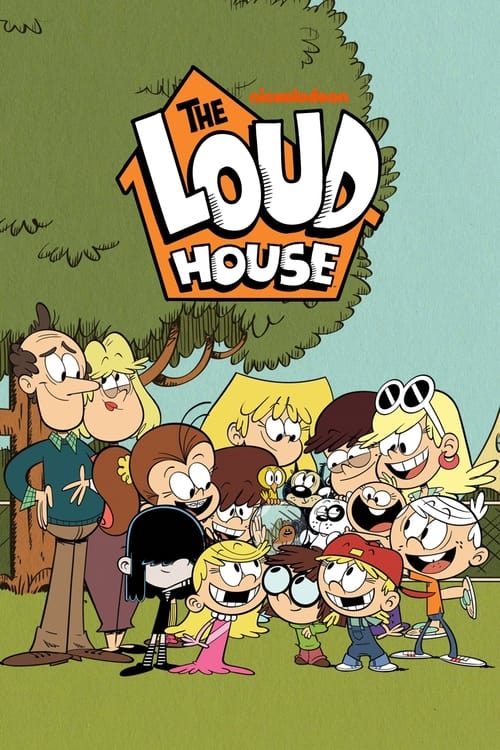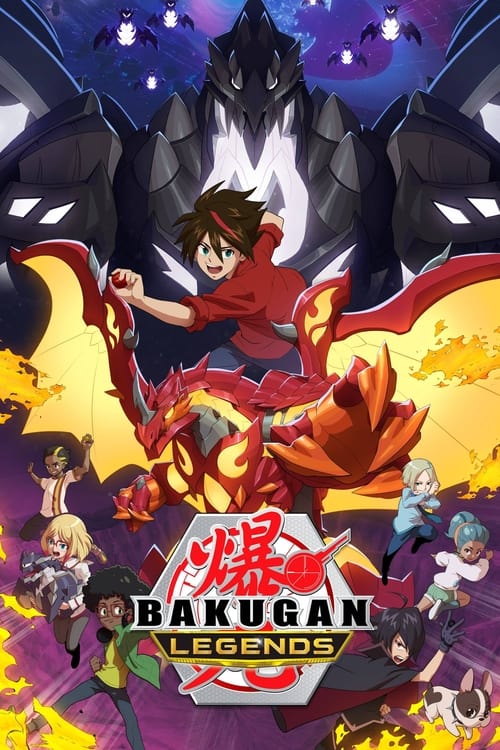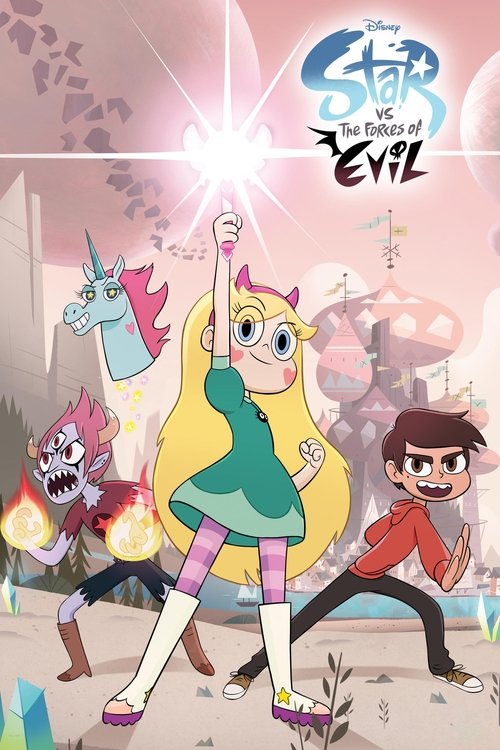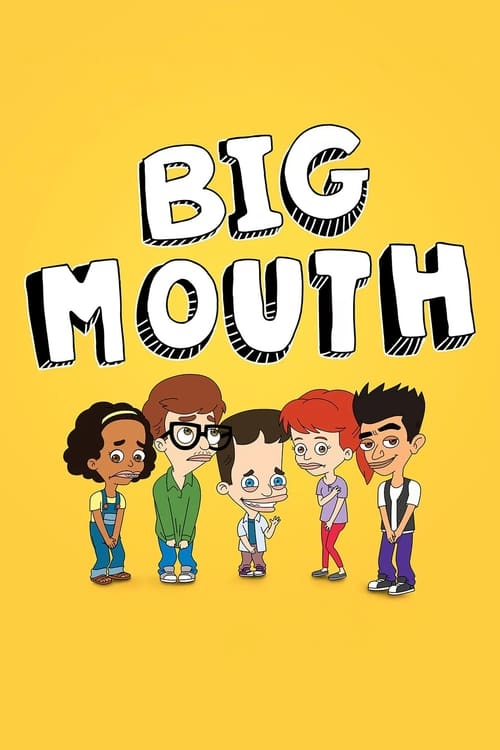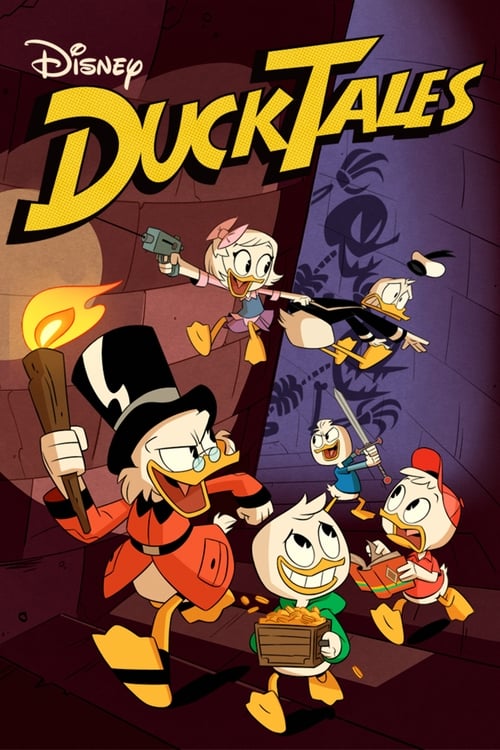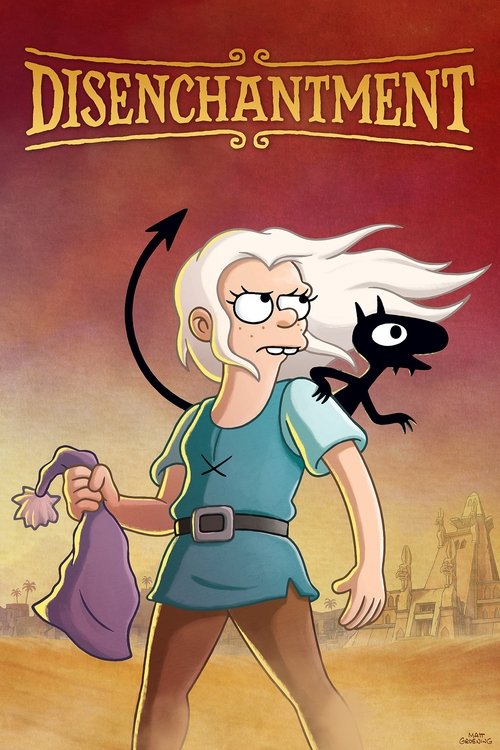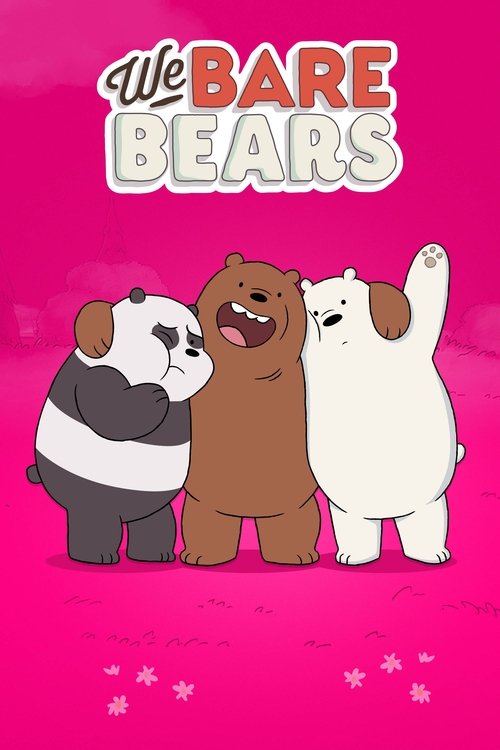
Ask Your Own Question
What is the plot?
Bluey and Bingo are playing with their puppets in the living room, excitedly putting on a puppet show for their dad, Bandit. They are animated and full of energy, showcasing their creativity as they bring their characters to life. Bandit, sitting on the couch, encourages them, laughing and clapping at their antics. The girls are clearly enjoying the performance, and Bandit is fully engaged, providing a supportive audience.
As the puppet show continues, Bluey and Bingo decide to take it up a notch by introducing a storyline where the puppets face a challenge. They brainstorm ideas, and Bluey suggests that the puppets should go on an adventure. Bingo, eager to contribute, adds that they should encounter a scary monster. The girls are excited about this twist and begin to act out the new scenario, with Bluey taking the lead as the more confident puppet master.
The scene shifts as Bluey and Bingo start to act out the adventure. They create a narrative where their puppets must work together to overcome the monster. The tension builds as they mimic the sounds of the monster, and the atmosphere becomes more dramatic. Bandit, still watching, is impressed by their storytelling skills and encourages them to keep going, which motivates the girls even more.
Suddenly, Bingo's puppet gets "captured" by the monster, leading to a moment of panic. Bluey, sensing her sister's distress, reassures her that they can save Bingo's puppet. They quickly devise a plan, showcasing their teamwork and problem-solving skills. The girls' emotional states shift from fear to determination as they rally their puppets to rescue Bingo's character.
As the climax of their puppet show approaches, Bluey and Bingo act out the rescue mission. They use their voices and movements to create a thrilling scene where the puppets confront the monster. The girls are fully immersed in their roles, and Bandit is captivated by their performance. The tension peaks as the puppets face off against the monster, and the girls express a range of emotions, from fear to bravery.
In a triumphant moment, Bluey and Bingo's puppets successfully defeat the monster, leading to cheers and applause from Bandit. The girls are ecstatic, celebrating their victory and the success of their puppet show. They take a bow, basking in the joy of their accomplishment. Bandit praises their creativity and teamwork, reinforcing the positive experience they shared.
The episode concludes with Bluey and Bingo reflecting on their puppet show, discussing what they enjoyed most about it. They express a desire to create more stories and adventures with their puppets in the future. The bond between the sisters is evident as they share their excitement, and the scene fades out with them planning their next puppet show, filled with enthusiasm and imagination.
What is the ending?
In the ending of "Puppets," Bluey and Bingo perform a puppet show for their dad, Bandit. They create a story that reflects their experiences and emotions, ultimately leading to a heartfelt moment where Bandit realizes the importance of play and imagination in their lives. The episode concludes with a sense of joy and connection among the family as they embrace the fun of storytelling together.
As the episode nears its conclusion, the scene shifts to the living room where Bluey and Bingo are excitedly preparing for their puppet show. They have crafted puppets from various household items, showcasing their creativity and imagination. Bandit, their dad, is seated on the couch, ready to be entertained. The atmosphere is filled with anticipation and a hint of nervousness as the girls finalize their setup.
Bluey takes the lead, introducing the characters of their puppet show with enthusiasm. Bingo, equally eager, adds her own flair to the performance. The puppets come to life as they act out a story that mirrors their own experiences, touching on themes of friendship, problem-solving, and the importance of family. The girls' voices change as they embody their puppets, showcasing their acting skills and deepening the emotional connection to the story they are telling.
As the performance unfolds, Bandit is visibly engaged, laughing and reacting to the antics of the puppets. His expressions reflect pride and joy as he watches his daughters express themselves creatively. The girls, in turn, feel validated and encouraged by their father's reactions, which fuels their performance further. The bond between them strengthens as they share this moment of creativity and laughter.
Towards the climax of the puppet show, a conflict arises within the story that the puppets must resolve. Bluey and Bingo navigate this challenge with cleverness and teamwork, mirroring the way they often work together in real life. The resolution of the puppet show brings a sense of accomplishment and satisfaction to both the characters and the audience, highlighting the importance of collaboration and understanding.
As the show concludes, Bandit applauds enthusiastically, showering Bluey and Bingo with praise. The girls beam with pride, their hearts full from the experience. They realize that through play and imagination, they can express their feelings and connect with each other and their dad on a deeper level. The episode ends with a warm embrace among the family, encapsulating the joy of shared experiences and the magic of storytelling.
In this final scene, Bluey and Bingo's fate is one of happiness and fulfillment, having successfully entertained their dad and strengthened their bond. Bandit, too, is left with a renewed appreciation for the power of play, understanding that these moments are vital for their family connection. The episode closes on a high note, celebrating creativity, love, and the importance of family time.
Is there a post-credit scene?
In the episode "Puppets" from Bluey, Season 3, there is indeed a post-credit scene. After the main story concludes, the scene shifts to a playful moment featuring Bluey and Bingo. They are seen engaging in a puppet show, showcasing their creativity and imagination. The two sisters use their puppets to act out a funny and whimsical scenario, filled with exaggerated voices and silly antics. This light-hearted interaction highlights their bond and the joy of play, leaving viewers with a warm and cheerful feeling as the episode wraps up. The scene encapsulates the essence of childhood imagination and the fun that can be found in simple activities, reinforcing the themes of creativity and family connection that are central to the series.
What role do Bluey and Bingo play in the puppet show?
In the episode 'Puppets', Bluey and Bingo take on the roles of puppeteers, using their creativity to bring their puppet characters to life. They express their personalities through the puppets, showcasing their imaginative play.
How does Bandit contribute to the puppet show?
Bandit, as the father, gets involved by helping Bluey and Bingo with their puppet show. He provides support and encouragement, and at one point, he even becomes a puppet himself, adding humor and fun to the performance.
What challenges do Bluey and Bingo face while putting on their puppet show?
Bluey and Bingo encounter several challenges, including disagreements on how the story should unfold and the difficulty of coordinating their puppets. These challenges lead to moments of frustration but ultimately help them learn about teamwork and compromise.
How do the characters express their emotions during the puppet show?
Throughout the puppet show, Bluey and Bingo express a range of emotions through their puppets, from joy and excitement to frustration and sadness. This emotional expression reflects their own feelings as they navigate the ups and downs of their creative process.
What is the significance of the puppet characters created by Bluey and Bingo?
The puppet characters created by Bluey and Bingo are significant as they embody different aspects of their personalities and experiences. Each puppet represents a facet of their imagination, allowing them to explore themes of friendship, conflict, and resolution in a playful manner.
Is this family friendly?
In the episode "Puppets" from Bluey, season 3, there are no overtly objectionable or upsetting scenes. The episode is designed to be family-friendly and suitable for children. However, sensitive viewers might find the following aspects to consider:
- Emotional Conflict: There are moments of frustration and misunderstanding between characters, which may evoke feelings of sadness or empathy in young viewers.
- Imaginative Play: The use of puppets can sometimes lead to scenarios that might be intense or dramatic, depending on how the characters choose to portray their stories.
- Sibling Dynamics: The interactions between Bluey and Bingo may reflect common sibling rivalry or jealousy, which could resonate with children who experience similar feelings.
Overall, the episode maintains a light-hearted tone and focuses on creativity and play, making it appropriate for its target audience.




